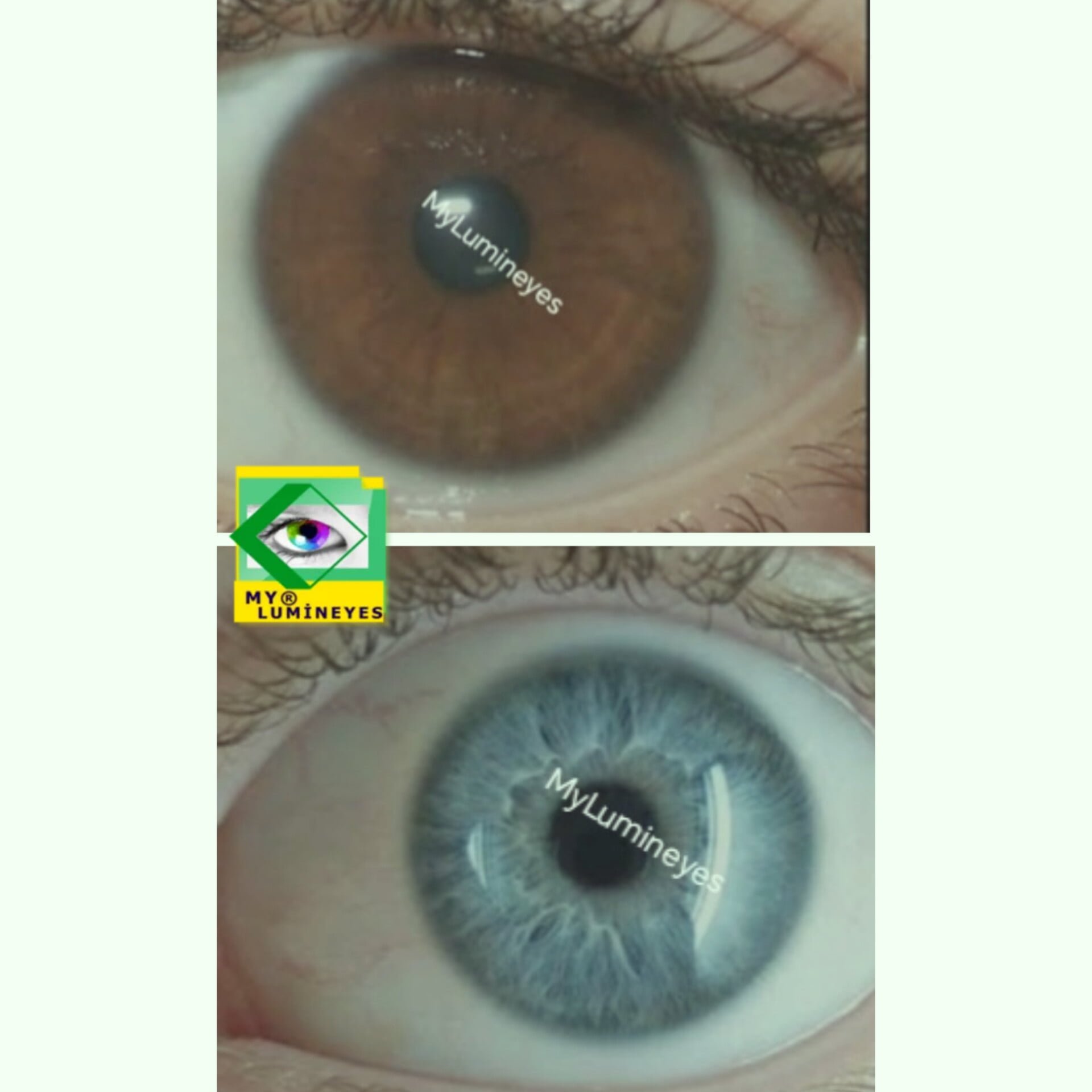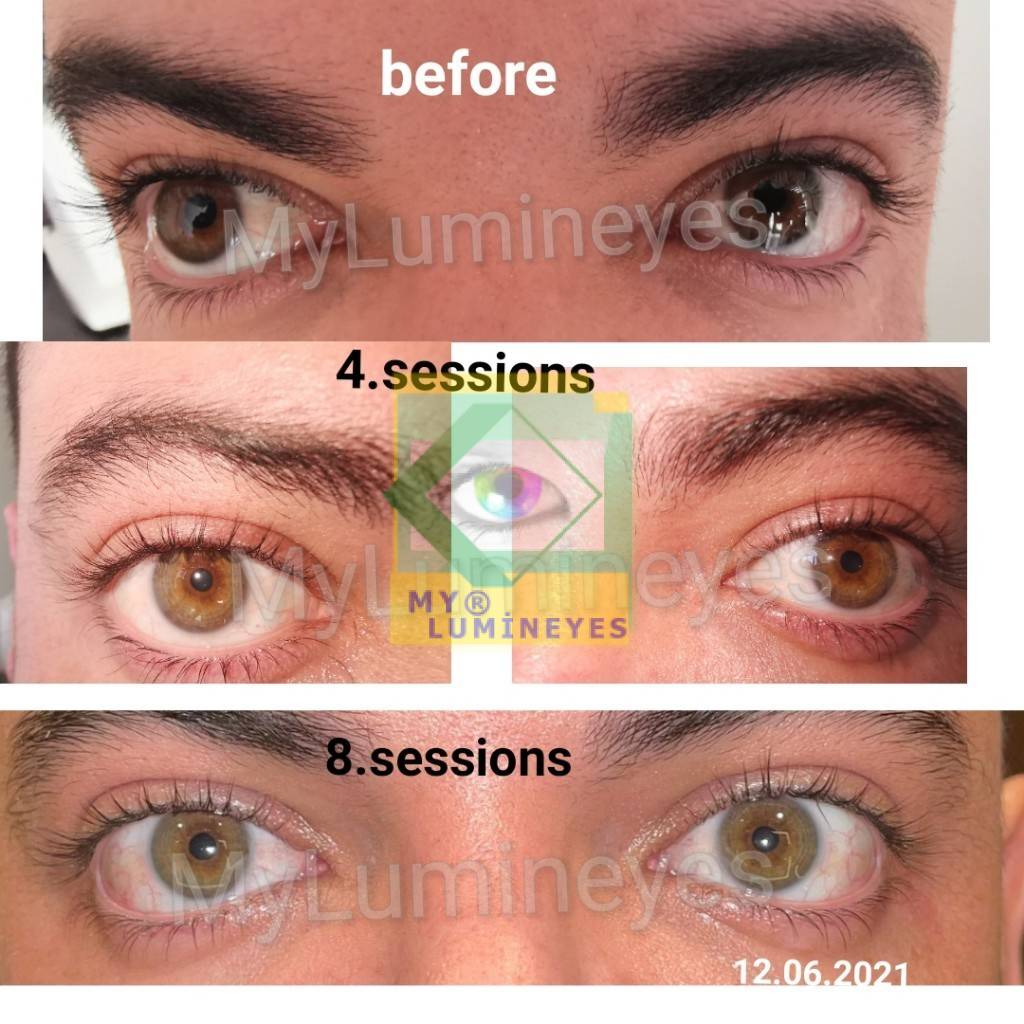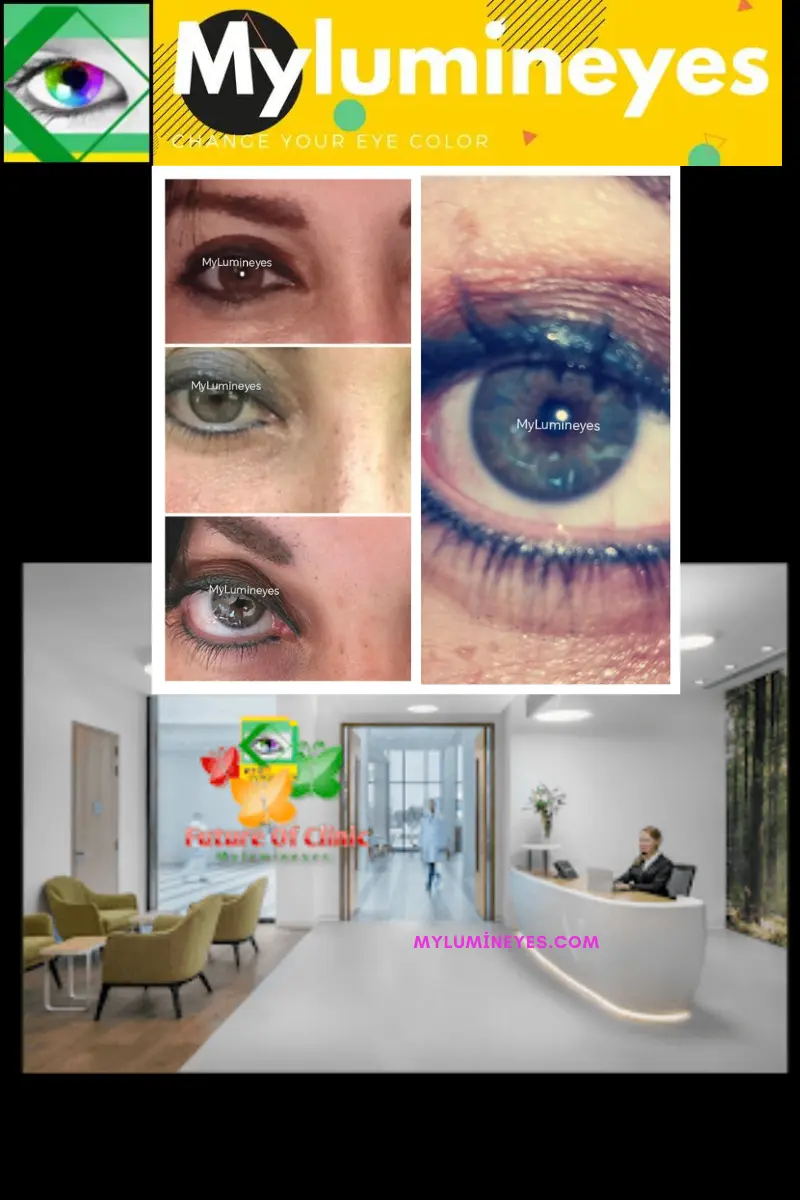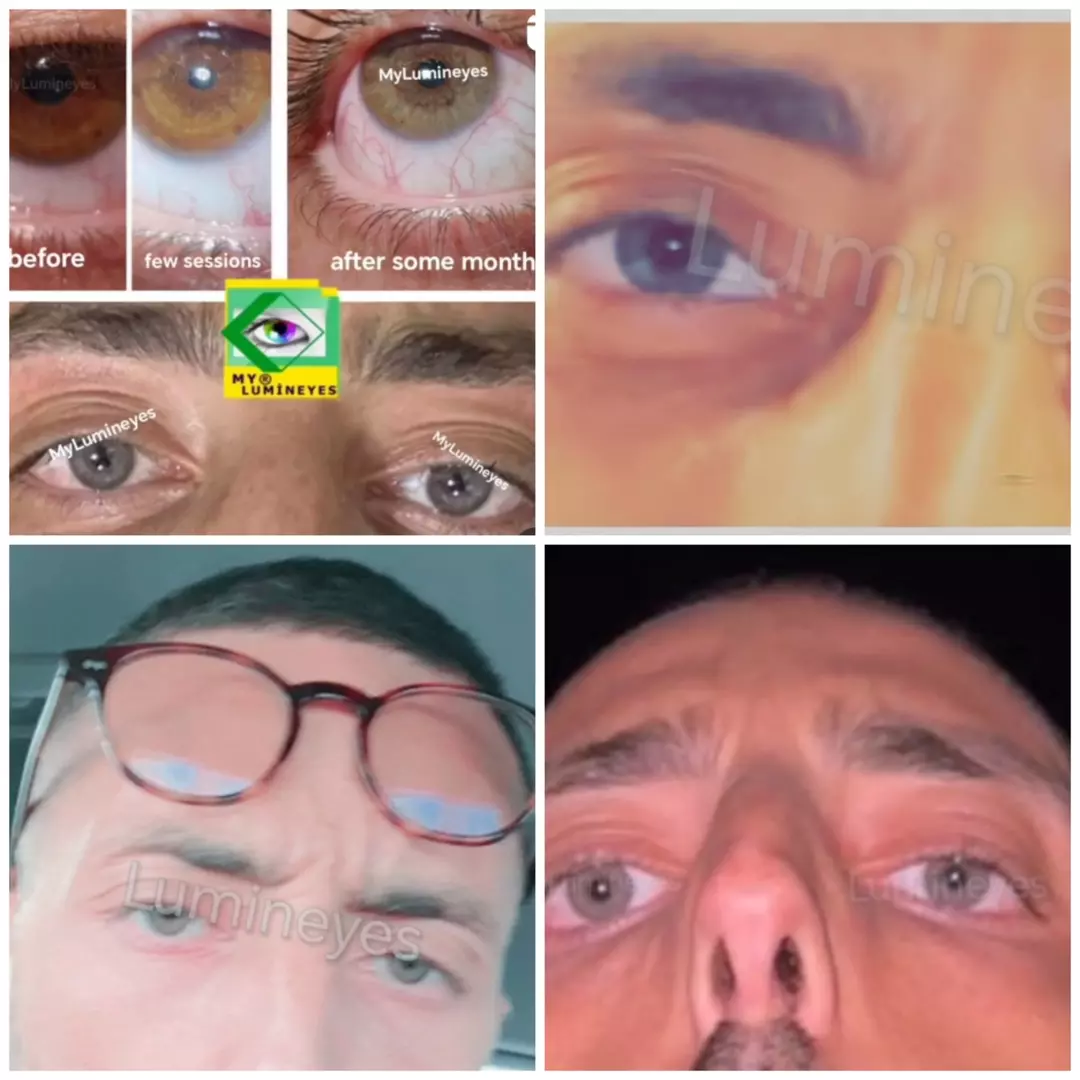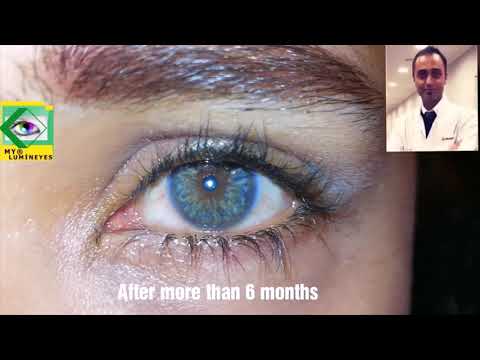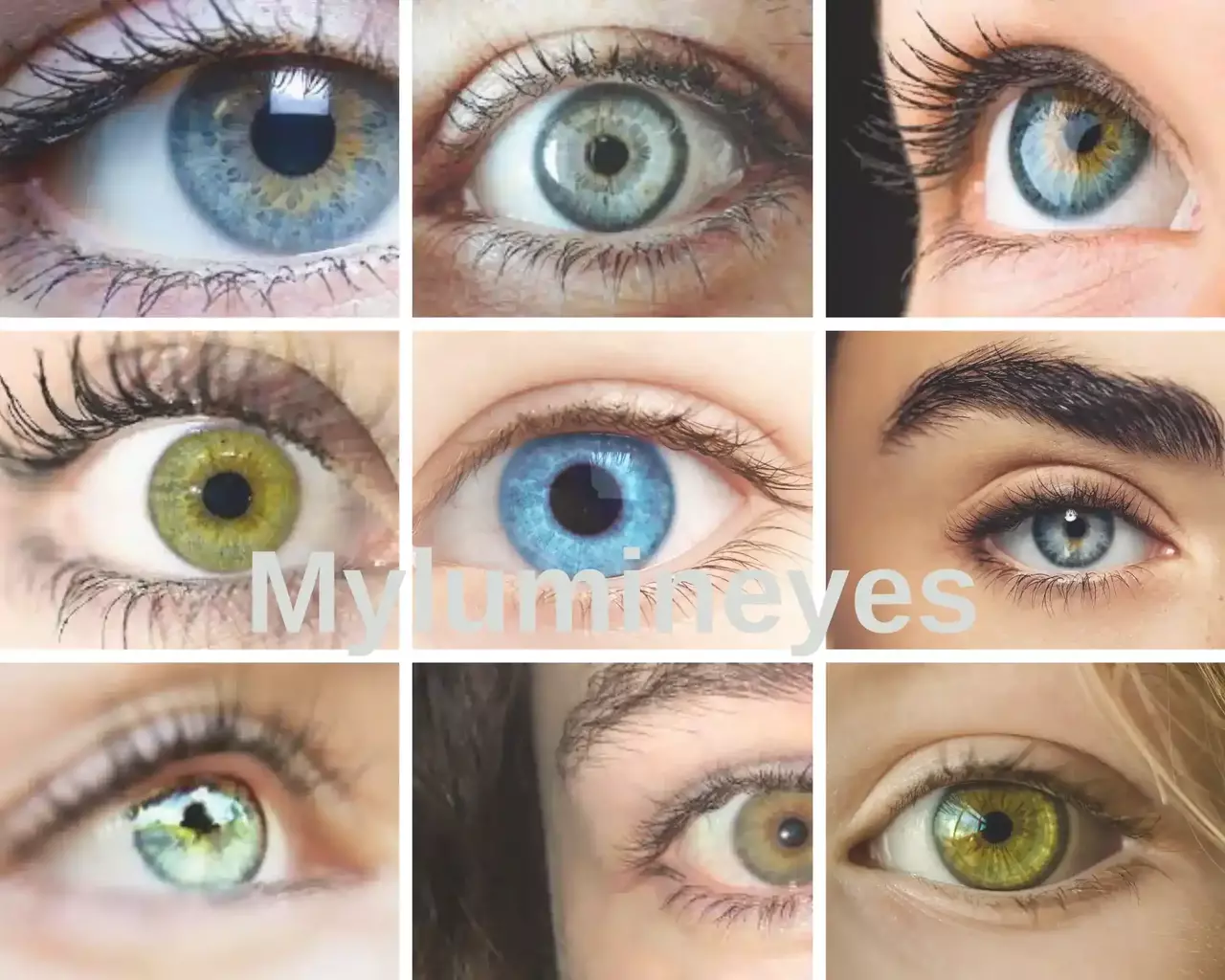Eye Floaters in eye and treatments
Eye floaters, also known as vitreous floaters, are microscopic particles that float in your visual field. These specks may seem as zigzags, black dots, hazy regions, or other forms that are distracting. Although these dots may appear to float in front of your eye, they actually originate within the eye. Floaters are composed of small collagen fibers that aggregate in the clear gel (vitreous humor) that sits between the lens and retina of the eye. What causes eye floaters in the eye? They occur when the collagen in your vitreous humor begins to degrade because to myopia or aging. Typically, these clusters are innocuous and will disappear over time. The scientific term for eye floaters, also known as vitreous floaters or vitreous opacities, is like “flying flies.” Essentially, these are groups of cells that “float” in the vitreous of the posterior region of the eye.
The vitreous constitutes approximately 75% of the eye’s volume. Eye floaters are little spots, lines, rings, or cobwebs that float over one’s visual field. Eye floaters are tiny specks that occur inside the visual field. As their name indicates, they float over your field of vision. Despite the fact that floaters seldom cause vision impairment, they can be annoying, particularly at first. The majority of eye floaters are caused by age-related changes in the eye. The vitreous (a jelly-like material within the eye) shrinks and becomes more liquid as one ages. This can result in the formation of tiny particles from the clumping of jelly particles. When these particles are in motion, they may seem as spots in your range of vision.

When the vitreous separates from the retina in the rear of the eye, this is known as a posterior vitreous detachment.
This is also considered a frequent alteration that happens in maturity, often after age 60 but occasionally sooner. Rarely, more serious disorders, such as a retinal tear or retinal detachment, can induce eye floaters. In these instances, quick care is required to prevent additional retinal damage, which can lead to blindness. As stated previously, one of the major causes of floaters and flashes is PVD, a benign age-related illness. While PVD does not often cause difficulties by itself, it can develop to more significant consequences. Retinal injury in the form of separation, tearing, or hemorrhaging is among the most prevalent consequences. Detachment of the retina and other retinal injuries often need treatment and surgery to prevent visual loss.
What exactly are floaters?
Everyone has lived, and every now and again, intriguing items fly into your eyes. What is their origin? You may not be familiar with its scientific term, but you have undoubtedly seen the famous floating forms. In medical language, these floating pictures are known as myodysopsia. They might be a dot, a thread, a floating tail, or a spider web. These are not optical illusions; they exist in your sight.What happened to the floating bodies? The retinal layer, which is made up of light-sensitive cells, is located in the rear of the eye. The retina’s nerve cells, also known as neurons, are engaged when they receive light and relay information to the brain about what they see through the optic nerve. A material known as vitreous gel exists between the lens and the retina.
The gel structure here may weaken and become more liquid as time passes. The particles that have entered the vitreous may then cluster together, casting a shadow on the retina.
What are the common causes of eye floaters and flashes?
In addition to the flashes and floaters’ most prevalent causes, there are others. Among the less serious causes of flashes and floaters are the following:
- ocular inflammation
- ocular infections
- Eye injury
- Chronic cough
- Headache or migraine
- Diabetes
As you see above, these are the most common causes of eye floaters. However, there are numerous other possibilities.
Does laser eye color change or lasik eye cause floaters?
Although eye floaters have been reported in some cases following Lasik, there has been no reported case of eye floaters following Lumineyes laser eye color change surgery.
What are eye flashes?
Eye flashes, also known as photopsias, are comparable to eye floaters; however, instead of a speck, individuals witness a flash of color or light.
Similar to eye floaters, flashes originate from the vitreous fluid. As you age, your body’s collagen degrades more rapidly, causing the vitreous humor gel to shrink and draw away from the retina. This produces brief bursts of light.
These floaters may resemble:
- Black spots or dots
- Wavy lines or strands
- Circular shapes
- Webs
- Clouds
Are Flying Objects Risky?
Floaters may be caused by a retinal tear or detachment. New flyings are risky. He should consult an ophthalmologist as soon as possible. Sudden floaters may also be caused by posterior vitreous detachment. A retinal tear examination should be performed. Eye inflammations, known as uveitis, may sometimes create eye floaters. A posterior eye examination allows the ophthalmologist to differentiate between retinal detachment, inflammation of the eye, and posterior vitreous detachment.
You are fortunate if the examination reveals that you do not have any of the illnesses listed above. It indicates that you do not have an emergency illness. In international literature, vitreous gel deterioration is referred as as vitreous floaters (English) or Mouches volantes (French). Objects generated as a result of posterior vitreous detachment eventually diminish. It may sometimes be entirely hidden.
Who is most at risk of eye floaters? What causes eye floaters?
You are more likely to develop eye floaters if you:
- Are nearsighted
- Have diabetes
- Have you had problems with inflammation in your eye in the past?
- Have you had cataract surgery?
- are older than 50
Eye floaters that remain in the field of sight impact patients’ lives very differently. For some, they are an annoyance that can be tolerated. Floaters that remain stationary may be compensated for by our brain and can be ignored perceptually (neuroadaptation). Depending on your visual demands, eye floaters can have a negative impact on your quality of life. For those of you who live with us in the sunny southwest, floaters are much more noticeable with the typical blue sky we get most days. The light constricts your pupils, amplifying the noticeable effect of your floaters. If you start seeing floaters, flashes of light, or a new “curtain” in your vision, you should see an eye doctor right away, preferably a retina specialist. The opthalmolog will check the causes of eye floaters.
What treatments are available for eye floaters?
“Flying eyes” are small black spots that appear in front of your eyes for no apparent reason. Thanks to the Vitreolysis laser application, which fires in one billionth of a second, “flying eyes” can now be treated without having to stay in the hospital. Treatment often depends on the underlying problem. If your eye floaters are the result of aging, you will probably not require treatment. Even though they might be irritating, ocular floaters seldom result in blindness. Over time, most individuals become used to the floaters and become less aware of them. They may also begin to deteriorate with time. The “Lumineyes laser” procedure, which is used to change eye color, is able to destroy these flying, fly-like parts in the eye, but this treatment is more effective with the vitreolysis laser, which has a different technology.
1) Vitrectomy:
An ophthalmologist (eye doctor) removes the vitreous gel from your eye and replaces it with a comparable solution. This treatment has hazards, including retinal detachment and cataract formation later in life. Since surgery is elective, you should examine the advantages and downsides with your ophthalmologist to determine if they suggest it.
2) Laser vitreolysis:
In this technique, your provider uses a laser to shatter clusters of floaters into extremely small fragments, making them less likely to linger in your field of vision. Several studies have found positive results, but none of them have looked at the long-term effects of this method. What is vitreolysis? Vitreolysis, commonly known as laser therapy for eye floaters, is a non-painful process that can eradicate the visual discomfort produced by floaters. The objective of vitreolysis is “functional recovery.” The objective is to allow the individual to return to “regular” everyday activities without the hindrance of flying. The laser vitreolysis process is different from the lasers used in lasik or lumineyes treatment.
How does vitreolysis work?
With nanosecond laser beam pulses, vitreolysis eliminates the particles and filaments in the vitreous that create vitreous turbidity. During this process, the molecules of collagen and hyaluronic acid in the floaters are transformed into a gas. So as not to obstruct the vision, floating items are either destroyed or downsized. Vitreolysis is an outpatient operation; overnight hospitalization is not required. Before the treatment, your ophthalmologist will place a light anesthetic eye drop in your eye.
The laser beam will then be directed into your eye using a microscope with a specific design. During therapy, you may notice minute black patches or shadows, which indicate the floaters are transforming into tiny gas bubbles. The vitreous quickly dissolves and absorbs these gas bubbles. When therapy is complete, your eye doctor may provide anti-inflammatory eye drops.
Typically, each therapy session lasts 15 minutes, and the majority of patients require at least two and sometimes three sessions to get optimal outcomes.

Eye’s anatomy
Let’s look at some eye anatomy to figure out what’s causing this issue. The cornea is in front of the eye, followed by the blackish pupil and the colorful iris layer that surrounds it. The ocular fluid is located between these two layers.
The retinal layer, which is made up of light-sensitive cells, is located in the rear of the eye. The retina’s nerve cells, also known as neurons, are engaged when they receive light and relay information to the brain about what they see through the optic nerve. A material known as vitreous gel exists between the lens and the retina. Vitreous is a clear gel-like material that is largely made up of water. Vitreous gel, unlike ocular fluid, does not renew. You live your entire life with the vitreous that was given to you at birth.That is, once an external material, such as blood or a cell, enters the vitreous gel, it remains there. As light travels through the eye, these particles cast a shadow on the retina. This is what we perceive as “floating things.”
The gel structure here may weaken and become more liquid as time passes. The particles that have entered the vitreous may then cluster together, casting a shadow on the retina.
a prevalent issue.
Floaters are a pretty prevalent condition. According to research done in England, roughly 14 people each month present with this problem. Another study, done with 603 participants using a smartphone app, found that 76% of them noticed flying objects, with one-third reporting that it was an issue impacting their eyesight.
Ophthalmologists often consider it safe since patients learn to deal with it or because these bodies vanish after a time.
a contentious treatment
In others, the disorder is more significant, producing visual abnormalities or being a precursor to future issues. The abrupt emergence of floaters in the older eye may indicate vitreous gel separation from the retina. In this situation, a tear in the retina might lead to blindness.
Although most individuals do not have floaters, web searches for therapy will provide a number of options, ranging from yoga to surgery to the yttrium aluminum garnet (YAG) laser. Although this laser technology has been popular in the area of ophthalmology, there hasn’t been much study on how successful it is in treating this condition, and it hasn’t yet been approved by the authorities in the United States.
When floaters considerably impair vision, a therapy known as vitrectomy is used, in which a saline solution is injected instead of the vitreous gel in the eye. However, vitrectomy is only used as a last option because of the substantial dangers of retinal rupture and cataracts.
According to a 2012 Italian study, most people can deal with seeing flying objects using traditional methods. This may be enough to teach people about the problem and calm their fears about where it comes from.
Observing Eye Floaters
What causes eye floaters in your field of vision or in eyes?
You may not have heard of its scientific name, but you have certainly seen the popular floating shapes. These floating images are called myodysplasia in medical terms. They can be in the form of a dot, a string, a floating tail, or a spider web. These are not optical illusions; they are really there in your eye.
Where are the floating bodies?
At the back of the eye is the retinal layer, which consists of light-sensitive cells. The nerve cells that make up the retina, also called neurons, are activated when they perceive light and send information to the brain about what you see through the optic nerve. Between the lens and the retina is a substance called vitreous gel.
As age progresses, the gel structure here may deteriorate and become more liquid. Then the particles that have entered the vitreous may clump together and cause a shadow to fall on the retina.
Are flying objects dangerous?
Floaters may indicate a retinal tear or retinal detachment. New flyers are dangerous. He should see an ophthalmologist immediately. Posterior vitreous detachment can also cause sudden floaters. A retinal tear investigation should be done. Sometimes, inflammations of the eyes, which we call uveitis, can also cause eye floaters. With a posterior eye examination, the ophthalmologist distinguishes between retinal detachment, inflammation of the eye, and posterior vitreous detachment.
If you do not have any of the above diseases as a result of the examination, you are lucky. It means you don’t have an emergency disease. Objects formed due to posterior vitreous detachment gradually decrease. Sometimes it goes completely out of sight.
What Should I Do If Flying Objects Do Not Disappear?
If there is no damage or tear in the retina, it is expected for a while, and the complaints usually disappear or decrease over time. However, if the floaters increase or cause vision loss, treatment may be required.
For most people, floaters are not a major problem, but online searches for treatment will reveal a variety of methods. Unfortunately, most of these methods are useless. Two main treatment methods are used for floating bodies. These are the removal of some vitreous bands with a YAG laser and the removal of vitreous gel by vitrectomy surgery. Although the YAG laser technique has become partially widespread in the field of ophthalmology, there is little research on how effective it is in the treatment of this problem.
In cases where floaters significantly affect vision, a treatment called vitrectomy is applied, and the vitreous gel in the eye is surgically removed from the eye. Vitrectomy is only applied as a last resort, as it involves serious risks such as retinal detachment and cataracts.
It is now possible to correct stressful situations such as spider webs, commas, blackheads, and flying flies floating in the eye with a new generation of laser treatment. We can eliminate these problems to a large extent by using a newly developed method (the vitreolazer) and laser for this problem, which we call vitreous degeneration. If you are complaining about this situation, you can apply to our eye laser clinic in Turkey.

